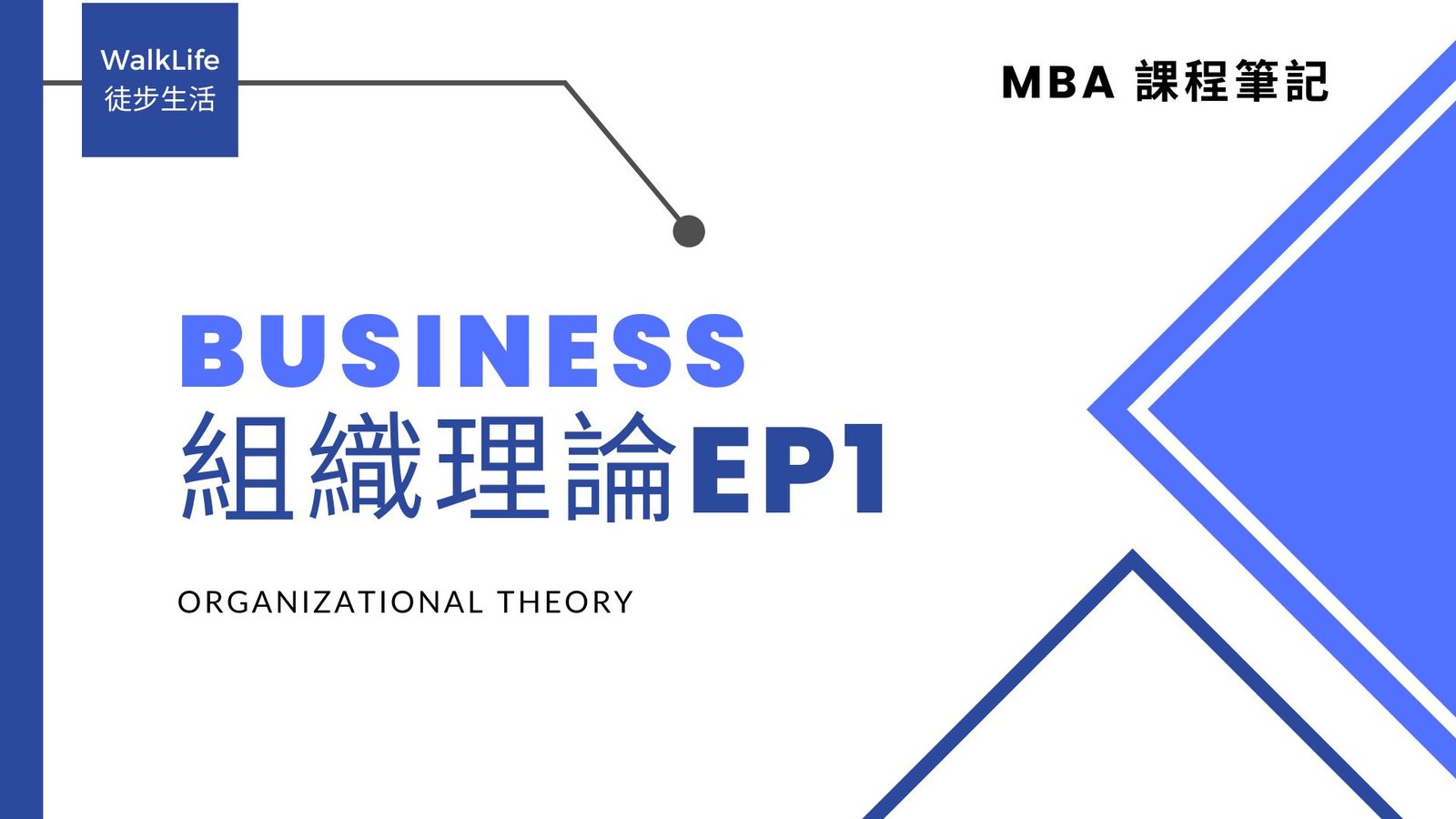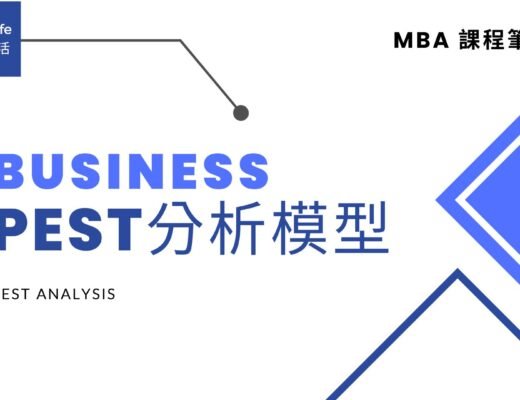EP1 Organization and Organization Design 組織設計
大家好,這裡是WalkLife徒步生活。最近進入期末考週,在複習之餘,順便把MBA課堂筆記一起紀錄下來。這學期老師用的教科書是Daft, R. L. (2021). Organization Theory & Design, 13th edition。第一課的主要內容是講述組織的定義與組織的類型還有組織的發展。
Definition of Organization 組織的定義
- social entities that 社會實體
- goal-directed 目標導向
- designed as deliberately structured, and coordinated activity systems 指派任務
- linked to the external environment 對外連結
Social entities社會實體:
把組織的工作分配給不同人,個人負責組織的一部分互相協調。社會實體有不同的type:
Social entities mean foundations, associations, cooperatives, volunteering organizations, and other entities and non-profit institutions that carry out social-services activities.
Deliberately structured 特定的結構:
不管是盈利或盈利的組織,都適用講工作內容進行區分,並指派個別的組織成員進行個部分的任務。
Deliberately structured means that tasks are divided and responsibility for their performance is assigned to organization members. This definition applies to all organizations, including both profit and not-profit
Type of Organization 組織的類型
• 組織產品類型:Manufacturing versus Service
• 規模大小:Small versus Large
• 組織盈利:For-profit versus Nonprofit
• 管理者的作用:earning money versus generating social impact
-Managers in businesses direct their activities toward earning money for the company and its owners.
-Managers in nonprofits direct much of their effort toward generating some kind of social impact.
Importance of Organizations 組織的重要性
• 提供資源:Bring together resources to achieve desired goals.
• 有效率的提供產品與服務:Produce goods and services efficiently.
• 推動革新: Facilitate innovation
• 使用現代生產與資訊技術: Use modern manufacturing and information technologies
• 適應和影響快速變換的環境:Adapt to and influence a rapidly changing environment
• 適應多元/倫理/協作的挑戰:Accomodate challenges of diversity, ethics, and coordination.
• 產生價值:Create value for owners, customers, employees
Interacting Structural Dimensions of Design and Contingency Factors
設計規模與偶然性的相互作用
Contingency Factors interacting
Lv1: Goals and Strategy
Lv2: Environment/Size
Lv3: Culture/Technology
Structural Dimensions: which represent internal characteristics of organizations
結構緯度,代表組織內部特徵
Formalization
Specialization
Hierarchy of authority
Complexity
Centralization
Efficiency and Effectiveness:效率與有效性
組織架構的設計要達到高績效和有效性
The overall design of an organization is to achieve high performance and effectiveness.
效率是指實現組織目標的數量
•Efficiency refers to the amount of resources used to achieve the organization’s goals.
有效性是指組織實現目標的程度
•Effectiveness means the degree to which an organization achieves its goals
Value價值 = Benefit獲利-Cost成本
Stakeholder Approach利益關係人主義<-> Stockholder approach股東至上主義
-》員工、供應商、投資人等
• A stakeholder is any group within or outside the organization that has a stake in the organization’s performance.
利益關係人是指組織內外績效有利益相關的任何團體
• Stakeholder approach integrates diverse organizational activities by looking at various stakeholders and what they want from the organization.
從不同利益關係的角度集合組織的活動,思考利益關係人想要從組織獲得什麼
the practice that managers formulate and implement processes that satisfy stakeholders’ needs to ensure long-term success. According to the degree of participation of the different groups, the company can take advantage of market imperfections to create valuable opportunities.
ex: University President, Starbucks
Historical Development of Organization Theory 組織理論的發展
•1491 BC: Jethro, the father-in-law of Moses, urges Moses to delegate authority
• 500 BC: Sun Tzu’s The Art of War mentions the need for hierarchical organization
• 400 BC: Socrates argues the universality of management
• 770: Abu Yusuf explores the administration of the Islamic government
• 1776: Adam Smith’s The Wealth of Nations discusses the optimal organization of a
pin factory



